7 Foods That Relieve Joint Pain
Eating these regularly can help reduce inflammation
1 of 9

(This article appeared previously on Grandparents.com)
If aching knees, stiff shoulders and other painful joints are something you regularly experience, you're not alone. According to researchers from the U.S. Centers for Disease Control and Prevention (CDC), more than 14 million people said in a 2014 survey that they suffer from severe joint pain, commonly caused by inflammation in the body. Remedies include regular exercise and supplements, but eating differently may also help.
"There are a number of compounds found in food that are supported by scientific research to reduce inflammation and/or pain," says Dr. Moshe Ben-Roohi, a sports medicine specialist at Lifespan Medicine in Dallas. But, says Ben-Roohi, it all boils down to biochemical individuality, meaning what's anti-inflammatory for one person might be causing inflammation for another.

Food Sensitivities
Nutritionist Lauren Pincus, founder of the website Nutrition Starring You, agrees. "Some people have food sensitivities to things one would assume are anti-inflammatory, but may not be for each person," she says.
Your best bet: Talk to your doctor and try different foods to see if they hurt or help your joint pain. Here are seven to consider:

1. Pineapple
Pineapple is rich in vitamin C, and it's an anti-inflammatory all-star because it contains bromelain. According to one study, bromelain was as effective as ibuprofen for treating osteoarthritis pain. Research has also shown it to be effective in reducing inflammation related to rheumatoid arthritis, according to the Arthritis Foundation. If you want the effects of bromelain but don't love pineapple, snack on papaya, which is also rich in in the substance.
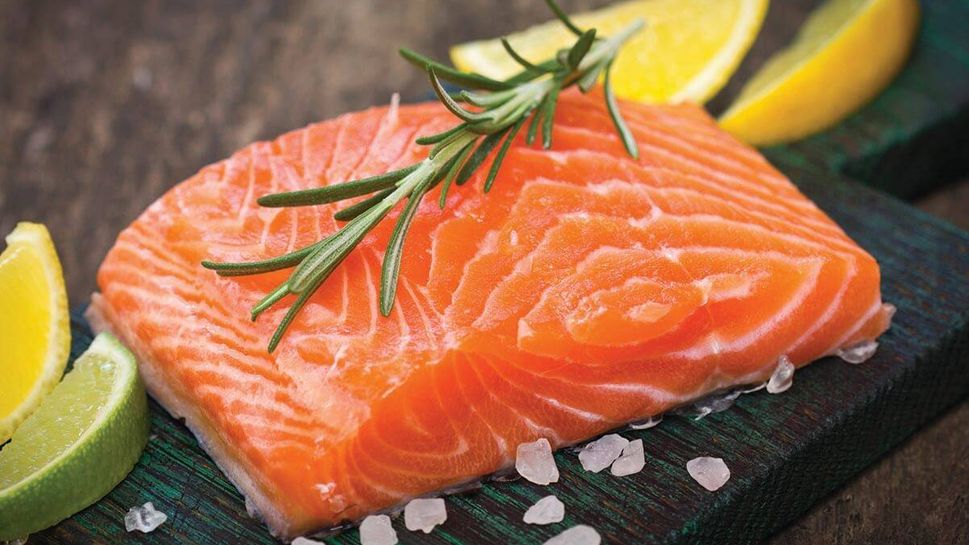
2. Salmon
Several studies have shown that omega-3 fish oils can reduce symptoms of arthritis. "The literature shows omega-3s found in fatty fish reduce inflammation by blocking COX & LOX enzymes," says Ben-Roohi. Since the human body doesn't produce omega-3s, however, you need to make sure your diet contains them. "Depending on the level of inflammation, people should eat two servings per week minimum, and up to five servings per week," he says. Fish richest in Omega 3s include salmon, mackerel, herring and sardines.
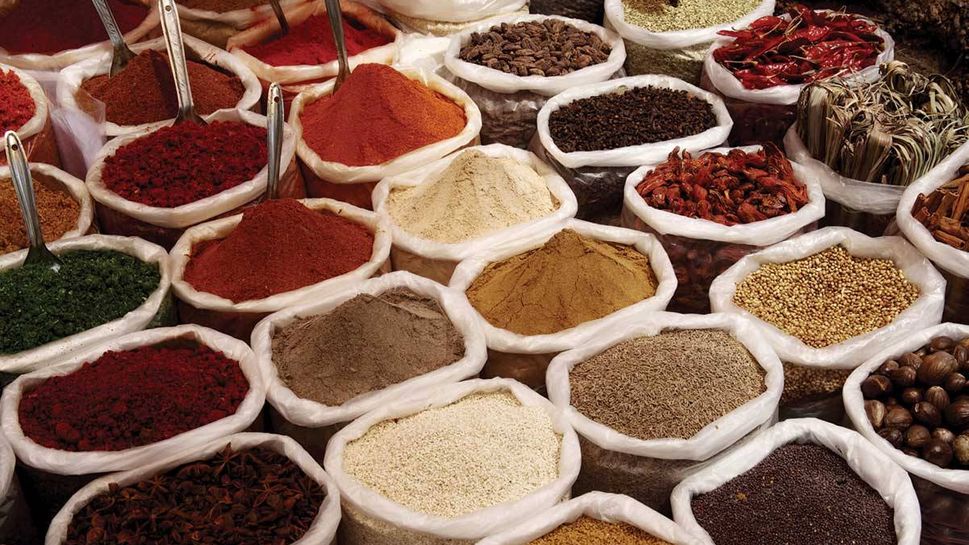
3. Turmeric
The health benefits of turmeric — the yellow spice that flavors curries — are vast. Curcumin, a compound found in turmeric, has been shown to help suppress cancer, reduce blood pressure and have a positive impact on inflammation, just to name a few benefits.
One University of Arizona study found that the curcumin can help protect against joint deterioration and inflammation caused by rheumatoid arthritis. Another study demonstrated how well ibuprofen eased pain over curcumin, and found that the benefits were about the same for both.
To get the beneficial effects of curcumin, experts say to add turmeric into your cooking rotation two to three times a week.
One health note: Turmeric can act as a blood thinner, so talk to your doctor before adding it to your diet or taking turmeric supplements.
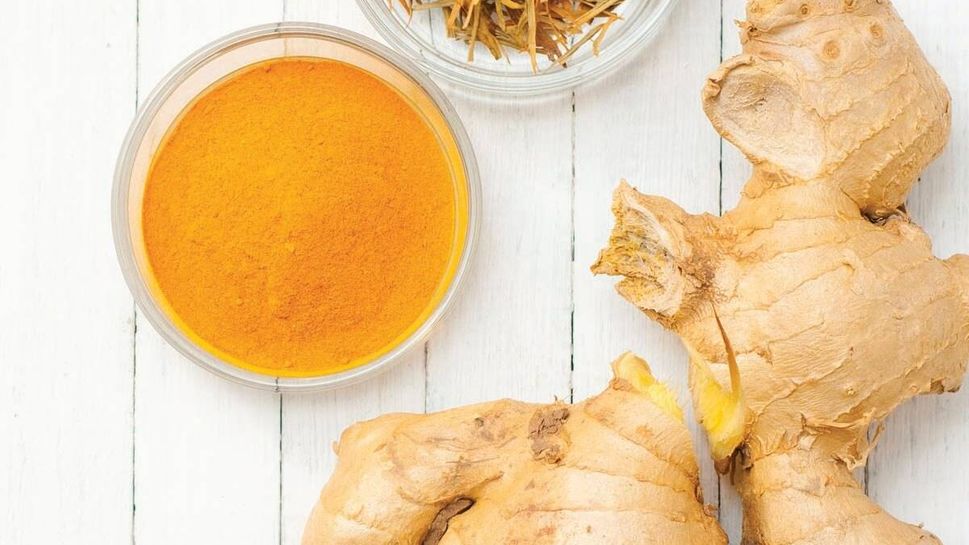
4. Ginger
Gingerol, the active substance in ginger, has been shown in several small studies to be effective in reducing joint pain and inflammation. One study from the University of Miami showed that doses of highly concentrated gingerol reduced knee pain due to osteoarthritis by 40 percent. Try eating a spoonful or two of raw ginger a day, or steep ginger pieces in boiling water to make a tea.

5. Hot Peppers
Hot peppers, like serrano and habanero, are rich in a component called capsaicin, which as been shown to have positive effect on longevity, cancer prevention, inflammation and pain.
The hotter the pepper, generally the more capsaicin it has. That means, mild peppers, like green peppers or poblanos, probably won't have much effect when it comes to relieving joint pain.
"If an individual tolerates peppers, those would be good options to add to the diet," says Ben-Roohi. "If not, supplementing with capsaicin would be the best way to get the anti-inflammatory benefits. Supplements contain higher amounts of the anti-inflammatory compounds."
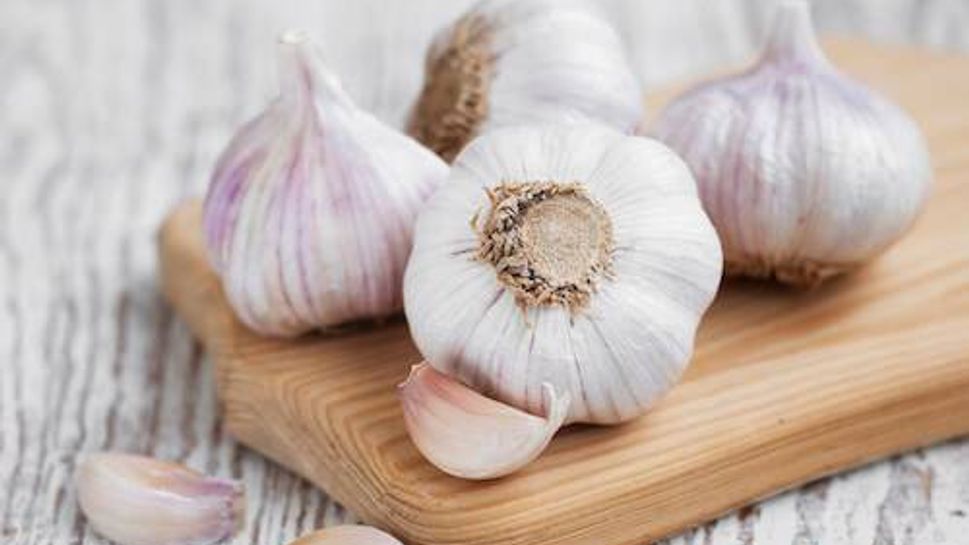
6. Garlic
Next time you're cooking dinner, you might want to throw in some extra garlic. Studies have shown that garlic can not only reduce inflammation, but also help stimulate the body's immune cells. However, some research has found that heating garlic may decrease its effectiveness, so keep that in mind when you are cooking.
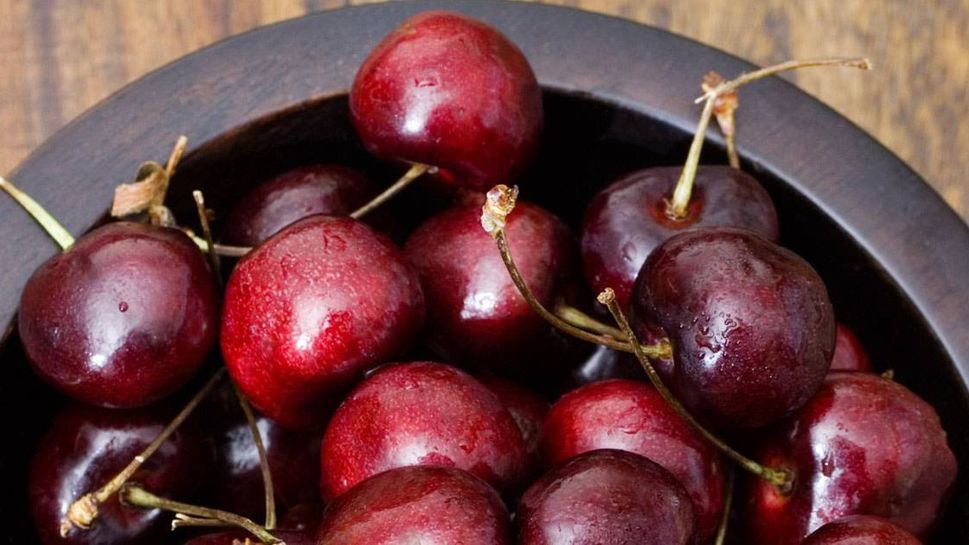
7. Cherries
"Inflammation causes oxidative stress, creating a feed-forward cycle that perpetuates pain," says Ben-Roohi. "Consuming foods rich in antioxidants counters oxidation and prevents destruction of tissues." While all fruits and vegetables are good for you, some, like cherries, blueberries and spinach, are antioxidant powerhouses. A University of Michigan study found that drinking tart cherry juice daily not only decreased inflammation but also reduced the risk of cardiovascular disease.
So, how many servings of fruits and vegetables should you eat daily to fight inflammation? Many doctors recommend up to 10 servings.
Grandparents.com is a lifestyle website, social media community & peer group that unites & connects America's 70 million Grandparents to the best information and premier products & services just for them. Our goal is to promote well-being and give timely information on what really matters to you, from health and money to family and relationships to travel and retirement.

